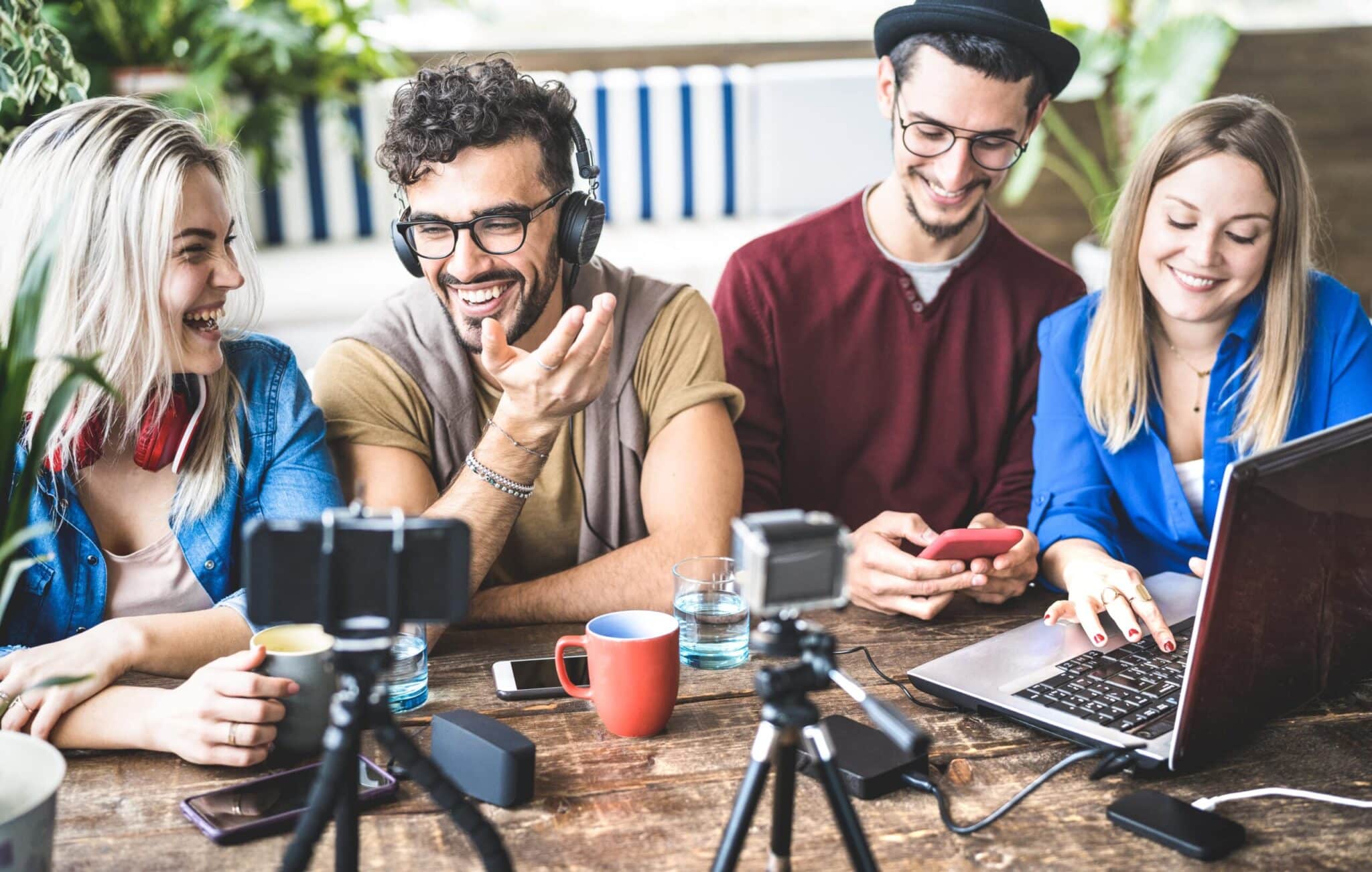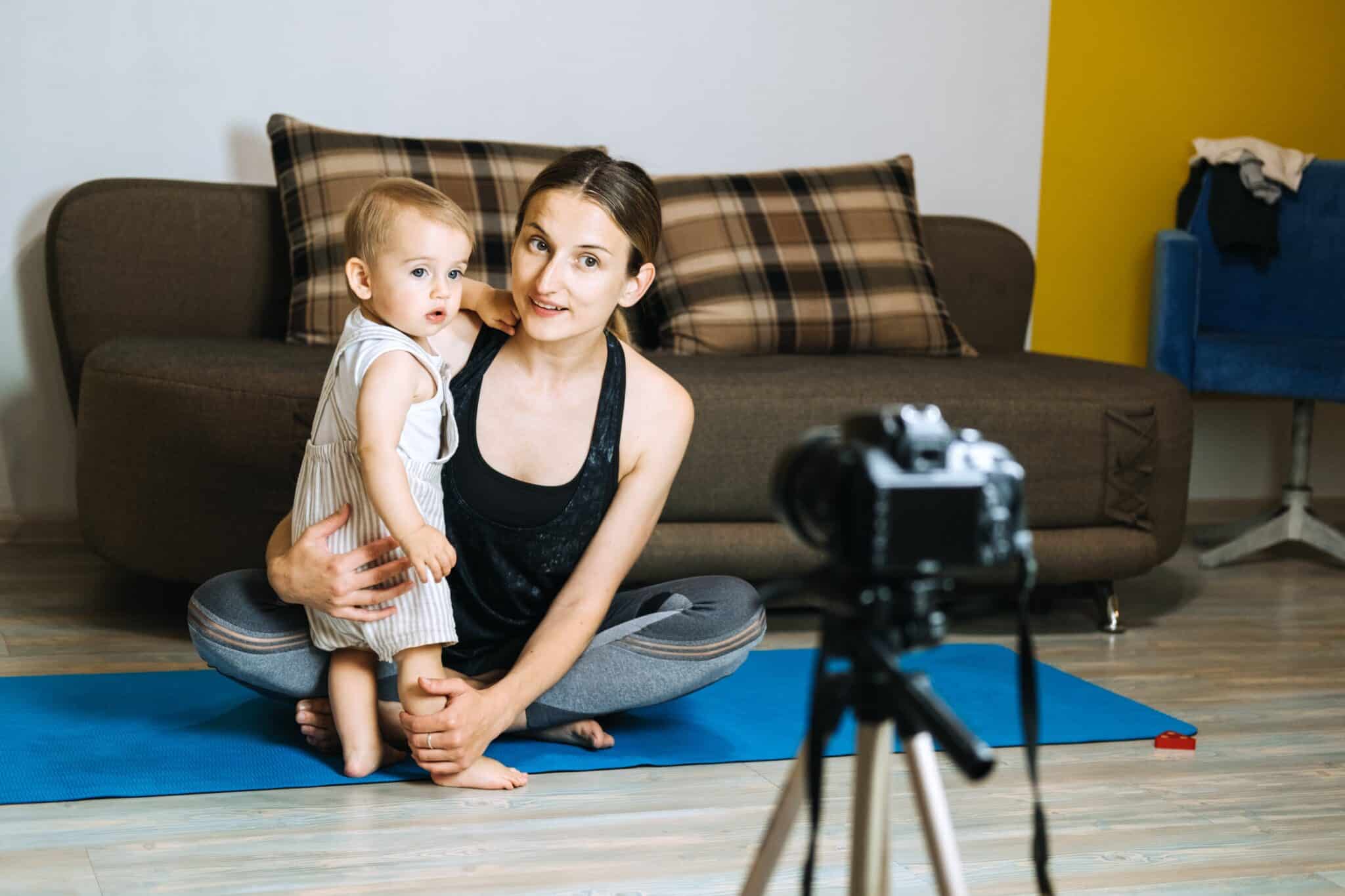
The Different Types of Content Influencers in Singapore
Influencer content simply means content that is worked with 3rd parties. This strategy uses the best of both worlds to optimize the messaging reach.
Utilizing this method of approach would entail a research and planning phase before engaging an outsider to be part of the Brand’s voice. This could be daunting considering that more than half of Singaporeans are reliant on mainstream platforms such as Facebook, Instagram and more recently, TikTok. Influencers can yield meaningful results for brands if the affinity is strong.
Understanding the various types of Singapore influencers will enable a brand to leverage this market that is growing exponentially. This may be vaguely considered as a form of “word-of-mouth” strategy because Influencers these days are just as discerning. The logic is that the more people are mentioning a brand, the better it sticks!
1 thing to note is that followers count should take on a secondary role in indicating its impact on their following. Sometimes, micro-influencers can produce better ROI due to their level of connection with their intimate community.
#1 – CELEBRITIES
Otherwise known as Mega Influencers, Celebrity influencers have a BIG following (some going to the numbers.) that admire them. If brand awareness and reach are all that the Brand wants to generate, they are your people … with a huge price tag. The clients are typically bigger names.
The type of content that they usually specialise in is skewed towards generic. In their endorsement, they would need to consider the level of relevancy because of their public image. The upside is that, the brand will get pretty pictures to use and their credibility to tap on.
#2 – MACRO INFLUENCERS
The 100k – 999k following group, with the bulk of them being prominent bloggers/vloggers and more on other platforms. Considered as one of the first groups that independently created content, they are your go-tos if the brand wishes to tap on their creativity on multiple platforms for reach.
@xiaxue one of (if not The) founding Mother of Influence in Singapore, first started out as a blogger. At her peak, her monthly readership was at least 250,000. She was late into the Instagram game, but once she was on it, there was no stopping The Queen. She quickly found her footing on being a lifestyle influencer in Singapore.
#3 – MICRO-INFLUENCERS
The next tier enters the domain of niche groups. These influencers likely, have established themselves in their tight-knit community as, some might call it, Opinion Leaders. While their following toggles around the 1 000-9999 range, they make it up for high engagement rates in their thought industry. These are the influencers that will likely increase a brand’s conversion rates.
Some examples In Singapore, include @mandithezebra and @stanleyokay, who individually specialize in fitness and predominantly food, respectively.
Mandi, who first started as an air stewardess found enormous success in the fitness category after changing her industry. Her content favours general well-being.
Image credit to @mandithezebra
Stanley a digital marketer by profession used his industry knowledge (and mostly, his love of food too), to scale @worldbestfoodies he curates with his partner. Through that, he gained his credential as a Key Opinion Leader on his main account.
Image credit to @worldbestfoodies
From videos, and images to a mix of them. The possibilities are endless. Videos generally are able to create a better engagement rate due to the nature of platform consumption. However, it is also greatly dependent on your audience. The younger demographics have shown preferences for short videos (primary reason why TikTok boomed), while the more mature community pays more attention to the quality of content.
This then contributes to the storyboard of the content. Yes. Even with a static, there can be a narrative. Audiences today are consuming more than ever with online being easily accessible for everyone. They are looking for that value-addition. What makes your content memorable, will impact your brand’s positioning.
If the brand would like to try engaging with videos on a mature audience group, it is still possible. There just needs a lot of thought to be put into curating content that will be worth their while. It could be as simple as a “how-to” video to ease your demographic.
Regardless of which tier they are from, every influencer likely has a niche that they influence especially well. It is then important to understand (a) what form of content would your brand like to have (b) the group of audience you would like to attract with your strategy (c ) is there a strong synergy between them, your intended content and the influencer’s ability in reaching them with it.
It is therefore crucial for brands to clarify what are their campaign goals. In being clear of their achievable would one be able to accurately target and optimize the reach, and ultimately, influence the engagement.
The novelty of integrating influencers in the marketing strategy is giving way to becoming a concrete strategy for reaching today’s audience. If your brand is still thinking if your brand is still hesitant if this is a sound decision, let this be a sign that you should give it a go.



